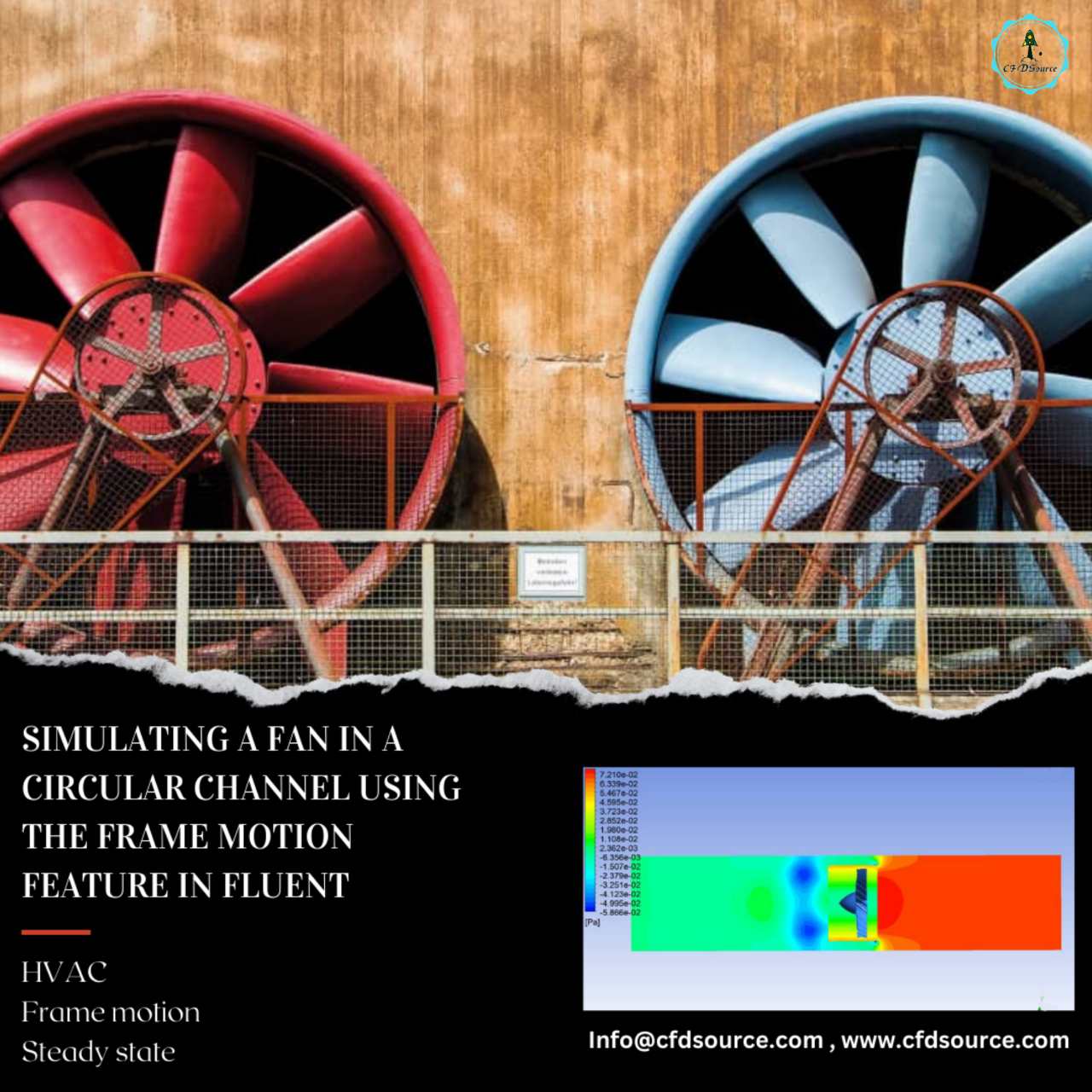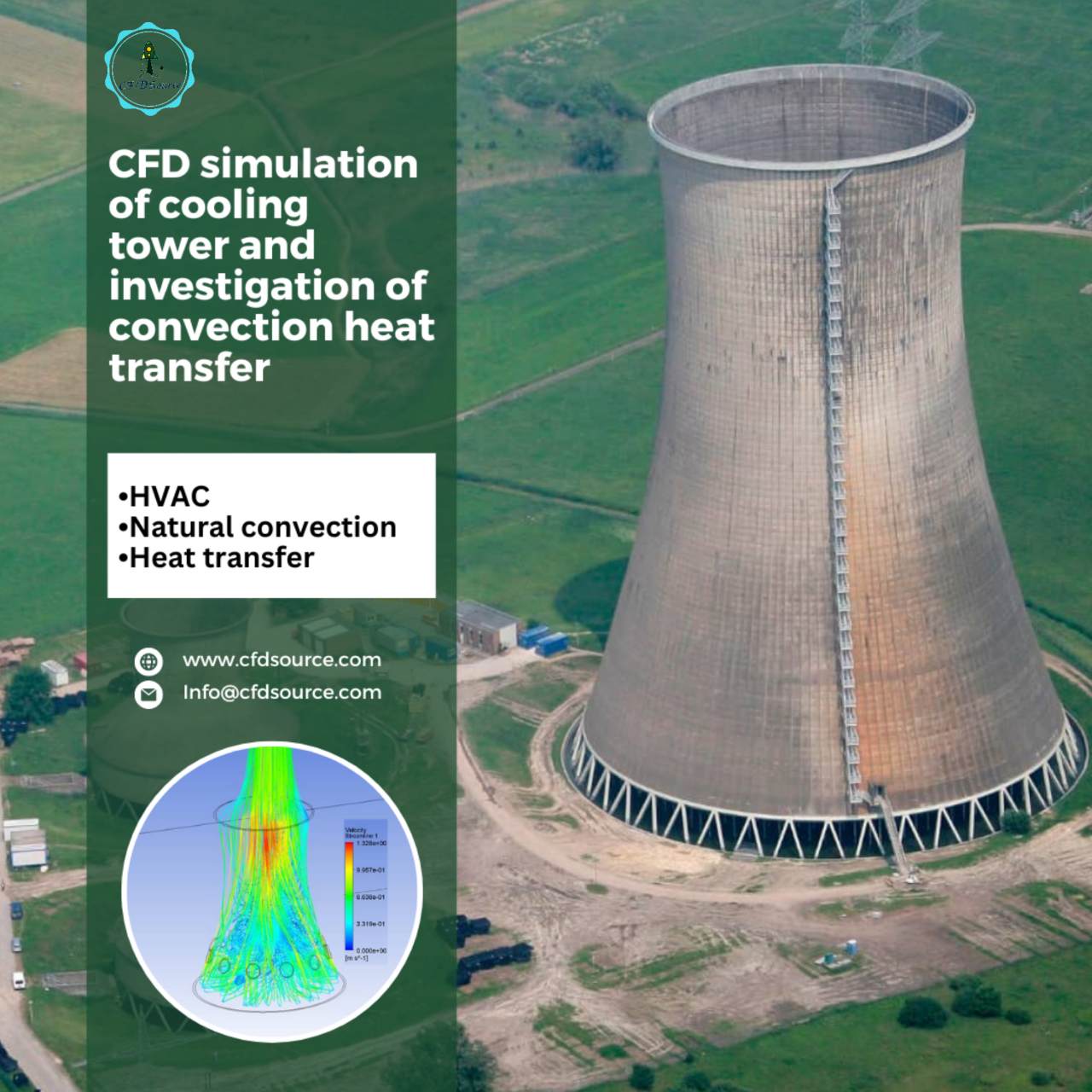CFD simulation of cooling tower
$65 $100
In this project, a cooling tower has been simulated using Ansys Fluent. You can access CAD and mesh files and simulated files by purchasing this product. With the purchase of this product, a training video will be sent to you about the Fluent simulation steps and a full explanation of the options.
Add to cart
Share this Post
Description
In this project, a cooling tower has been simulated using Ansys Fluent. Cooling towers are used in thermal power plants to cool the working fluid in the cycle. Power plants produce energy from various fuels such as coal, gas, and nuclear fuel. In this method of electricity production, the energy in the fuel is first converted into thermal energy after combustion, raising the temperature of the working fluid. This high-temperature fluid enters a turbine and produces work, but not all of its power is expended, and the output fluid from the turbine is still warm. Cooling towers are used to cool this hot water. The hot water from the hot water stream is transferred to a tower where the wind cools it and then directs it towards a pond or river. This process is carried out continuously and helps with water recycling.

The heat transfer in cooling towers is of the natural convection type. As the air at the bottom of the tower is heated due to contact with the hot fluid, its density decreases and is replaced by the denser air at the out of the tower, and this cycle is repeated regularly.
Method:
The project is performed in three dimensions. We know there are radiators at the bottom of the tower through which air passes and enters the tower. To simplify the project, we have considered a row of circular holes for the air to enter the tower. The heat transfer from the radiators to the air is equivalent to a constant heat-flux boundary condition at the bottom of the tower.
The geometry of this project was designed using Space Claim software. The meshing of this geometry was performed using Ansys Meshing software, and the number of elements used for this project is 208,894.
Result:
After simulation, we can see that the natural convection heat transfer mechanism has occurred by observing the velocity and pressure contours. Air enters the tower through the holes at the bottom, and after being heated, it exits from the top of the tower. Observing the pressure contour shows that the pressure inside the tower is lower than outside. This is because, according to the Bernoulli equation, pressure and velocity are inversely related, and by creating velocity due to natural convection, pressure decreases.







